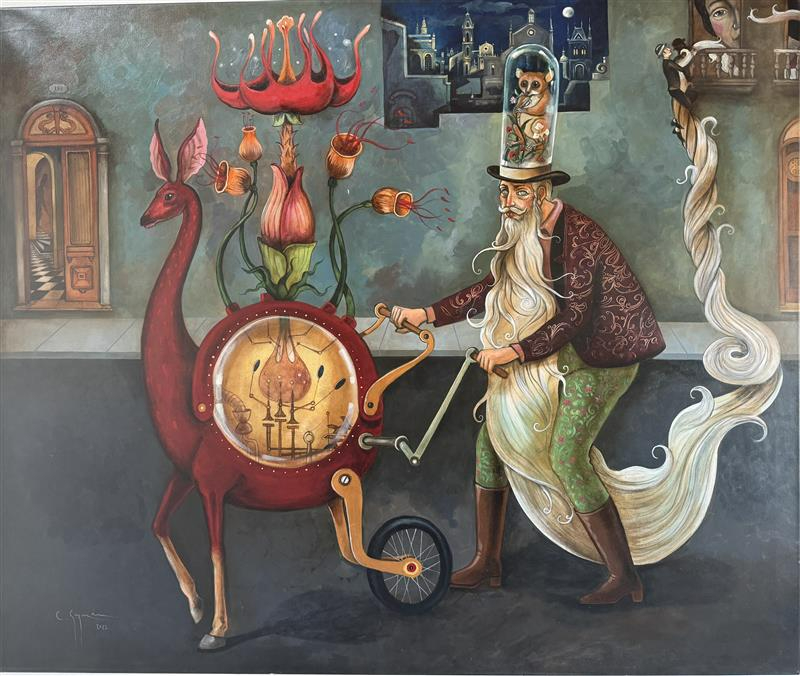A Brief History of Tarot
Origins: Playing Cards in the Renaissance
The Tarot began not as a mystical tool, but as a game.
-
14th–15th centuries: The earliest known tarot decks appeared in Northern Italy, particularly in cities like Milan, Ferrara, and Bologna. These decks, called "carte da trionfi" or “cards of triumph,” were created for aristocratic families. The most famous is the Visconti-Sforza Tarot, richly illustrated and hand-painted.
-
These early tarot decks were not used for divination, but for a trick-taking card game similar to bridge, called Tarocchi.
Structure of the Tarot
A traditional tarot deck contains 78 cards:
-
22 Major Arcana (trump cards): symbolic images like The Fool, The Magician, Death, and The World.
-
56 Minor Arcana: similar to modern playing cards, divided into four suits (Cups, Swords, Wands, and Pentacles/Coins), each with court and numbered cards.
Tarot as Divination
-
18th century: The transition from game to mystical tool began in France. Writers like Antoine Court de Gébelin claimed Tarot had Egyptian origins, seeing hidden wisdom in the symbols.
-
Jean-Baptiste Alliette, known as Etteilla, published the first guide to using tarot for fortune-telling and created a dedicated divinatory deck.
-
By the 19th century, Tarot was widely used for esoteric purposes, influenced by Hermeticism, Kabbalah, and astrology.
The Golden Dawn & Modern Tarot
-
In the late 1800s, the Hermetic Order of the Golden Dawn, a secret society devoted to the occult, elevated Tarot as a mystical tool.
-
The most famous deck in modern history, the Rider–Waite Tarot (1909), was created by Arthur Edward Waite and illustrated by Pamela Colman Smith. It made the meanings of the cards accessible through vivid imagery and symbolism.
Tarot Today
-
Tarot is now used worldwide for spiritual insight, self-reflection, and storytelling. Decks have evolved into thousands of artistic and cultural variations — from traditional styles to modern feminist, psychological, or even pop-culture themes.









